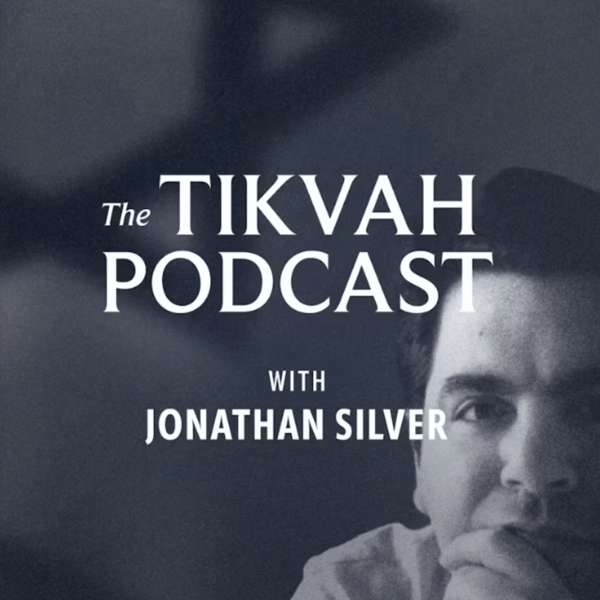Elliot Kaufman on the Crown Heights Riot, 30 Years Later
The Tikvah Podcast
Tikvah
4.6 • 620 Ratings
🗓️ 26 August 2021
⏱️ 68 minutes
🧾️ Download transcript
Summary
Thirty years ago, in August 1991, riots broke out in the Brooklyn neighborhood of Crown Heights, a neighborhood shared by African Americans and Jews, the latter of whom were mostly members of the ḥasidic Chabad-Lubavitch movement. During the riot, which was sparked by a car accident that killed one young black child and injured another, local black residents attacked Jews on the streets, burned their businesses, and killed one of them, often while chanting anti-Semitic slogans. For three days, local authorities looked on passively.
The episode is a sad one in the history of American Jewish-black relations. This week's podcast guest believes that if Jews and blacks are to enjoy a fruitful and mutually beneficial relationship in the future, as they have in the past, understanding how and why events like the Crown Heights riot came about is essential. Elliot Kaufman did just that in a recent essay for the Wall Street Journal. A Canadian who is too young to remember what happened, Kaufman—in the piece and in this conversation with Mosaic's editor, Jonathan Silver—forensically reconstructs what happened in Crown Heights, puts together what it meant at the time, looks at what it teaches us today, and suggests pitfalls that can be avoided so that the two communities can avoid such bitter antagonism.
Musical selections in this podcast are drawn from the Quintet for Clarinet and Strings, op. 31a, composed by Paul Ben-Haim and performed by the ARC Ensemble.
Transcript
Click on a timestamp to play from that location
| 0:00.0 | The relationship between African Americans and Jews in America is, like all discussions of race, |
| 0:14.1 | burdened with the full weight of America's tribal culture wars. |
| 0:18.6 | But we should perhaps try to go back a little in history, for there have |
| 0:22.6 | been moments of extraordinary friendship and collaboration when Jews and blacks marched shoulder |
| 0:28.3 | to shoulder and helped America rise a little closer to its ideals of civic equality. Jews and |
| 0:35.0 | blacks have both shared the same adversaries who regard the two communities |
| 0:39.1 | with racist disdain, and that shared threat has, at times, drawn the communities closer together. |
| 0:46.9 | Going back further still, no thinking about the experience of African Americans can escape the |
| 0:53.2 | fact of slavery, slavery that brutalized the souls of African Americans can escape the fact of slavery. Slavery that brutalized |
| 0:56.6 | the souls of slave owners, oppressed slaves, and whose effects lingered in American law for |
| 1:04.2 | generations after the Civil War brought slavery to an end. Slavery is the great wound of the American nation, |
| 1:12.5 | and the experience of the Jews, ancient and modern, |
| 1:16.5 | served for enslaved blacks as a source of inspiration. |
| 1:21.1 | The Israelite imagery of an oppressed nation of slaves |
| 1:24.1 | who is delivered through its faith in God |
| 1:26.7 | is a dominant motif in African-American |
| 1:30.1 | song, poetry, and literature well into the 20th century. Even now, quite a few black |
| 1:37.0 | Christian congregations have traditional social attitudes, moral confidence in their religious |
| 1:43.3 | witness in the public square, and a real |
| 1:45.5 | belief in the significance of Israel and the Jewish people's building up of the Jewish state. |
| 1:51.2 | For their part, American Jews have led major communal efforts on behalf of African Americans. |
| 1:57.2 | As Joshua Morovchik has recently detailed in a spring 2021 essay in the journal Sapir, the |
... |
Please login to see the full transcript.
Disclaimer: The podcast and artwork embedded on this page are from Tikvah, and are the property of its owner and not affiliated with or endorsed by Tapesearch.
Generated transcripts are the property of Tikvah and are distributed freely under the Fair Use doctrine. Transcripts generated by Tapesearch are not guaranteed to be accurate.
Copyright © Tapesearch 2025.

